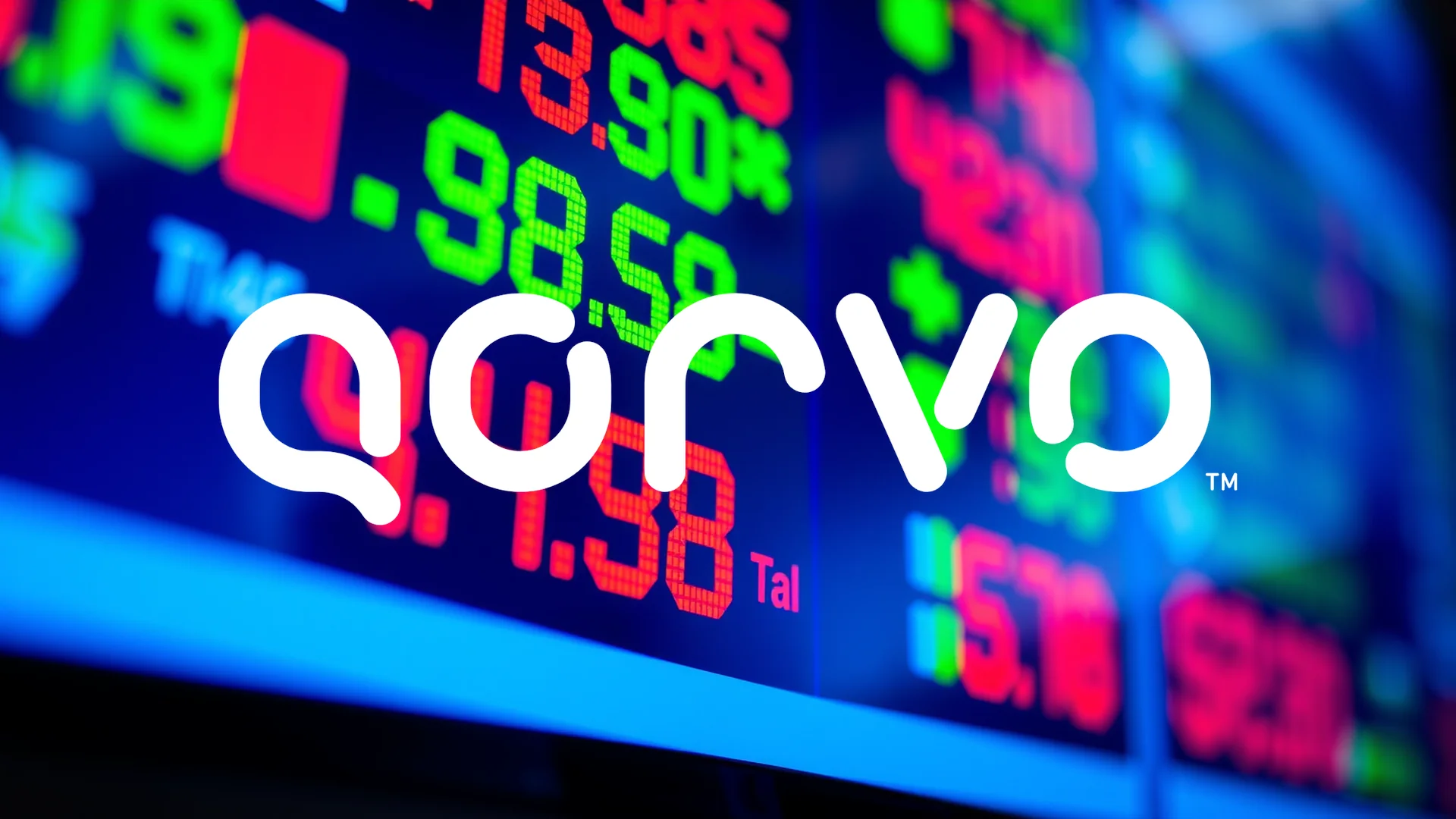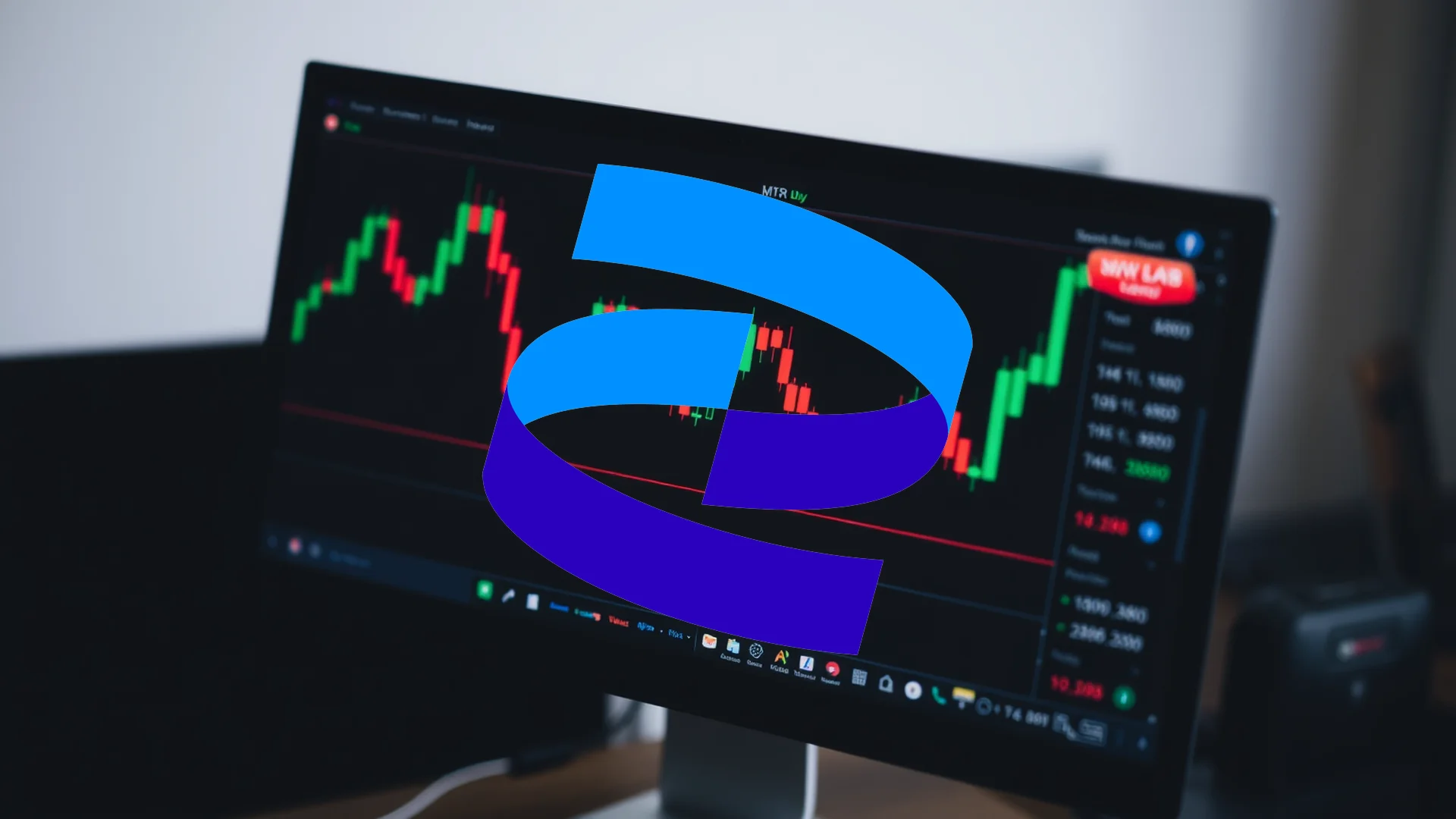While numerous oilfield service companies remain heavily dependent on the volatile U.S. onshore market, Oil States International is charting a different and increasingly profitable course. The company is demonstrating that the most significant growth lies not in domestic shale plays, but in deepwater offshore projects across the globe. This strategic pivot is driving a notable recovery in its share price, raising the question of whether this momentum is sustainable.
Macroeconomic Tailwinds and Tight Supply
The broader market environment is creating favorable conditions for Oil States’s strategic focus. Recent data shows U.S. crude oil inventories have registered significant declines for two consecutive weeks, with the latest drawdown reaching 2.4 million barrels. Commercial stockpiles now sit 6% below the five-year average, pointing to a fundamentally tight supply landscape. Such conditions typically encourage increased capital expenditure in offshore exploration and production, a sector where Oil States holds particular expertise.
Financial Performance Validates the Shift
The company’s financial results provide concrete evidence that its strategy is paying off. For the second quarter, Oil States reported a net income of $2.8 million, or $0.05 per share. Its adjusted EBITDA reached $21.1 million, complemented by a solid operating cash flow of $15 million. A key priority for management is strengthening the balance sheet through aggressive debt reduction, with a stated goal of moving toward a net debt position of zero. This plan includes the repayment of convertible notes due in April 2026.
International and Offshore Dominance Growth
The heart of the company’s resurgence is its overwhelming reliance on international and offshore operations, which now account for a commanding 72% of its consolidated revenue. This segment exhibited powerful growth in Q2, with revenues climbing 15% sequentially. Perhaps more importantly, the adjusted EBITDA margin for offshore activities surged by 18%. The strength of future earnings is signaled by a burgeoning backlog, which has swelled to $363 million—its highest level since September 2015—reflecting robust demand for its specialized deepwater production technologies.
Should investors sell immediately? Or is it worth buying Oil States?
Streamlining the Onshore Portfolio
In parallel with its offshore expansion, Oil States is deliberately scaling back its exposure to the less profitable U.S. land market. This segment’s contribution to total revenue has contracted from 36% in the second quarter of 2024 to just 28% in the most recent quarter. In response, the company has initiated a strategic streamlining, which involved shuttering three onshore facilities and reducing headcount within that division. This deliberate downsizing is designed to reallocate capital and resources toward the more lucrative offshore segment, thereby enhancing overall corporate profitability.
Confident Outlook and Margin Expansion
Looking ahead, management has reaffirmed its full-year 2025 guidance, projecting an adjusted EBITDA between $88 million and $93 million. For the immediate third quarter, the company anticipates revenue in the range of $165 to $170 million, with an expected EBITDA of $21 to $23 million. Most notably, leadership is forecasting improved margins for 2026, expressing clear confidence in the long-term efficacy of its strategic realignment.
This optimistic operational outlook is mirrored in the market performance of its shares, which were last quoted at €4.76, marking a substantial recovery from their 52-week low. The ultimate test for Oil States will be its ability to convert these favorable market conditions and its strategic positioning into enduring, sustainable profitability.
Ad
Oil States Stock: Buy or Sell?! New Oil States Analysis from November 28 delivers the answer:
The latest Oil States figures speak for themselves: Urgent action needed for Oil States investors. Is it worth buying or should you sell? Find out what to do now in the current free analysis from November 28.
Oil States: Buy or sell? Read more here...













